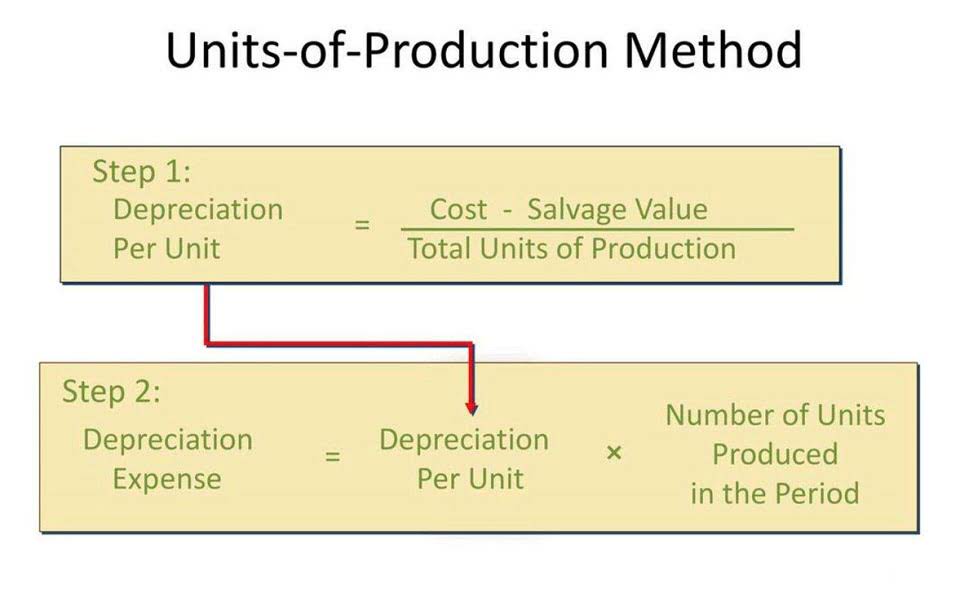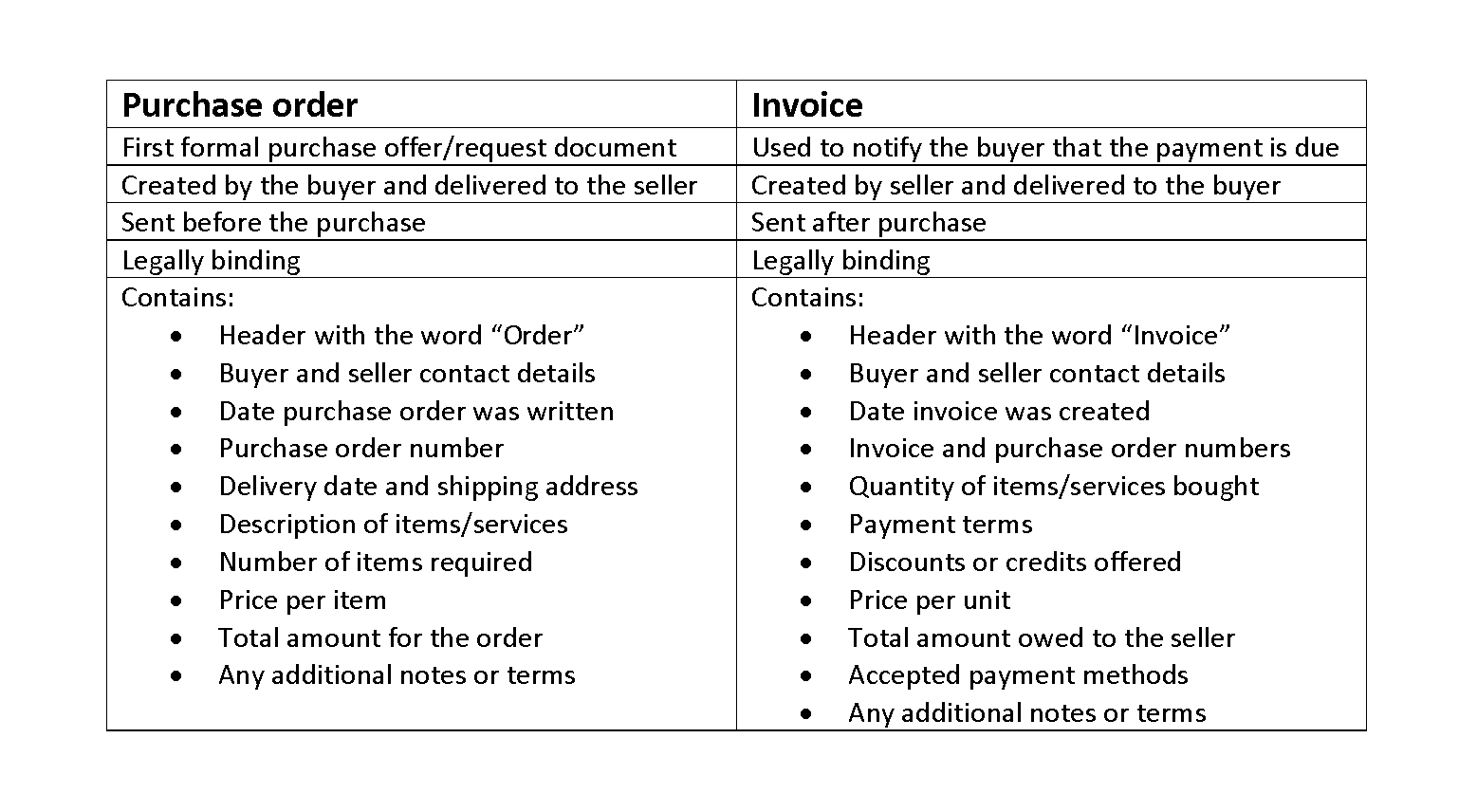![]()
Current liabilities are the next section, including debt, which is not an operating factor of the business. Get instant access to video lessons taught by experienced investment bankers. Learn financial statement modeling, DCF, M&A, LBO, Comps and Excel shortcuts.

Accounts Payable Solutions
This article explores the key drivers behind changes in working capital and their implications for businesses striving to maintain financial stability and sustainable growth. Stronger growth calls for greater investment in accounts receivable and inventory, which uses up cash. This, in turn, can lead to major changes in working capital from one month to the next. If the company’s Inventory increases from $200 to $300, it needs to spend $100 of cash to buy that additional Inventory. Because Working Capital is a Net Asset on the Balance Sheet, and when an Asset increases, that reduces cash flow; when an Asset decreases, that increases cash flow. The $500 in Accounts Payable for Company B means that the company owes additional cash payments of $500 in the future, which is worse than collecting $500 upfront for future products/services.

How to Calculate Working Capital Cycle
Therefore, there might be significant differences between the “after-tax profits” a company records and the cash flow it generates from its business. That explains why the Change in Working Capital has a negative sign when Working Capital increases, while it has a positive sign when Working Capital decreases. Current assets are economic benefits that the company expects to receive within the next 12 months. Calculating working capital poses the hypothetical situation of liquidating all items below into cash.
What Is The Difference Between Working Capital and Change in Working Capital?
Working capital is calculated by taking a company’s current assets and deducting current liabilities. For instance, if a company has current assets of $100,000 and current liabilities of $80,000, then its working capital would be $20,000. change in working capital Common examples of current assets include cash, accounts receivable, and inventory. Examples of current liabilities include accounts payable, short-term debt payments, or the current portion of deferred revenue.

Customers
In the final part of our exercise, the incremental net working capital (NWC) will be calculated and expressed as a percentage. The parenthesis enclosed around each figure indicates a negative value – which to reiterate from our earlier section on sign convention – signifies an “outflow” of cash. For example, if you’re working on net 30 terms with a business partner, open discussions about potentially shortening the terms to net 15. I was What is bookkeeping too caught up with whether it should be excluded or included and how to calculate it.
If the change in NWC is positive, the company collects and holds onto cash earlier. However, if the change in NWC is negative, the business model of the company might require spending cash before it can sell and deliver its products or services. Learn more about a company’s Working Capital Cycle, and the timing of when cash comes in and out of the business. Comparing the working capital of a company against its competitors in the same industry can indicate its competitive position. If Company A has working capital of $40,000, while Companies B and C have $15,000 and $10,000, respectively, then Company A can spend more money to grow its business faster than its two competitors.
Negative Changes in Working Capital
- The reason is that the current asset Cash increased by $50,000 and the current liability Loans Payable increased by $50,000.
- The Change in Net Working Capital (NWC) Calculator is a financial tool designed to help businesses and financial analysts track changes in a company’s short-term liquidity position.
- Subsequently without adequate working capital financing in place, this increase in net working capital can lead to the business overtrading and running out of cash.
- That would mean that the company was getting better at collecting, while at the same time, deferring the payment to its suppliers to a later date, thus improving its working-capital.
- This means it has a better ability to meet its short-term obligations, such as paying employees or suppliers or making loan repayments.
One common financial ratio used to measure working capital is the current ratio, a metric designed to provide a measure of a company’s liquidity risk. A company tightens its credit policy, which reduces the amount of accounts receivable outstanding, and therefore frees up cash. Businesses commonly loosen their credit policies during expanding economic conditions, and tighten their policies during contractionary periods.
How to Calculate Change in Working Capital
- In this example, the company experienced a positive change in working capital of $50,000, indicating an increase in its net cash position.
- As a business owner, it is important to know the difference between working capital and changes in working capital.
- The working capital formula tells us the short-term liquid assets available after short-term liabilities have been paid off.
- To calculate change in working capital, you first subtract the company’s current liabilities from the company’s current assets to get current working capital.
- Understanding the cash flow statement, which reports operating cash flow, investing cash flow, and financing cash flow, is essential for assessing a company’s liquidity, flexibility, and overall financial performance.
- A company can improve its working capital by increasing current assets and reducing short-term debts.
Also known as the working capital ratio, it provides a quick view of a company’s financial health. Based on the computed NWC figures, the current operating liabilities of the company exceed the current operating assets. If a company’s change in NWC increased year-over-year (YoY), a negative sign is placed in front to reflect Medical Billing Process that the company’s free cash flow (FCF) is reduced because more cash is tied up in operations. If a company collects $30,000 of its accounts receivable, there is no change in working capital since the current asset Cash increased, and another current asset Accounts Receivable decreased. When working capital is tied up in excess inventory, it can reduce liquidity. However, when a business optimizes its inventory levels, it can ensure sound working capital management.


